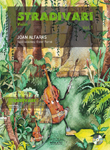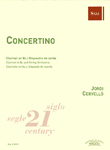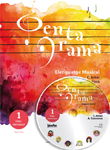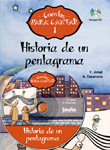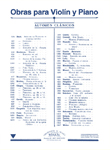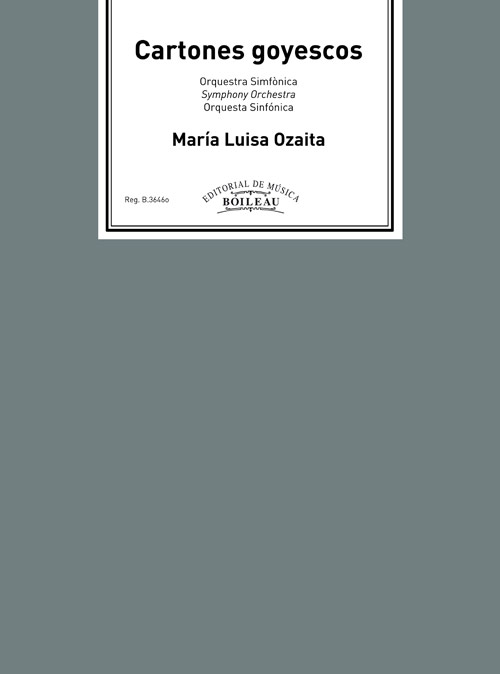WORKS
- Genre
-
Musical education
- Choir
- Counterpoint
- Dictation
- Direction
- Exam study manuals
- General music pedagogy
- Harmony
- Hearing
- Illustrations / Posters
- Improvisation / Sight reading
- Instrument methods
- Instrument pedagogy
- Instrumental study repertoire
- Instrumentation and orquestration
- Musical language
- Solfège
- Templates
- Theory and analysis
-
Incidental music
-
Lined paper
-
Flamenco
-
Religious music
-
Classical / contemporary
-
Modern music
-
Folk music / traditional
-
Musicology
-
Divulgation
-
Games and hobbies
-
Music therapy
-
Children / Youth
-
- Instruments
- Ensemble
- Difficulty level
- Period
- Genre
SOPORTE
Search
Find here: books, scores, composers, digital pieces, cd's
Best-selling works
Our classics
Newsletter
I wish to be informed of the news about your music
We have received your e-mail correctly
Multimedia
Cartones goyescos
Materiales de orquesta sinfónica en alquiler
Symphonyc Orchestra
OZAITA, María LuisaOZAITA, María LuisaOZAITA, María LuisaReg.: B.3646o
- Ensemble: Symphonic orchestra: .
- Genres: Classical / contemporary: Symphonic.
- Product format: Partitura + particellas
- Difficulty level: Advanced-superior
- Period: 2nd half S. XX - XXI
- Publishing house: Editorial Boileau
- Collection: Siglo XXI
- No. of pages: 68
- Measure: 29,70 x 21,00 cm
- Lenght: 16'
- ISMN: 979-0-3503-1210-6
- Available in digital: No
- Available for rent: Yes
2 2 2 2 — 2 2 0 0 — 3perc — hp — str
perc: sd, cast, tmbllo
Strings: 7,6,5,4,3
Cartones Goyescos [Drawings in the Style of Goya], written in 2002, was premiered by the Orquesta Sinfónica de Euskadi, directed by Rubén Gimeno during the XXXVII Semana de Música Vasca [Week of Basque Music], " Musikaste" in Rentería on May 23, 2009.
The work is in three movements which are titled after drawing by Goya: The Army Officer and the Lady, The Best Plot of Land, and The Parasol. The music evokes both the poetic and graphic qualities of these paintings through the use of distinctive instrumentations: brass and percussion in the first piece; glissandi in the strings in the second; and in the third piece, a rhythmic ostinatto on which the composer recreates a bolero. Throughout the work, the two distinct levels of society at the turning point from the 18th to the 19th Century, aristocratic and popular, serve as the inspiration.
El militar y la señora La era El quitasol

